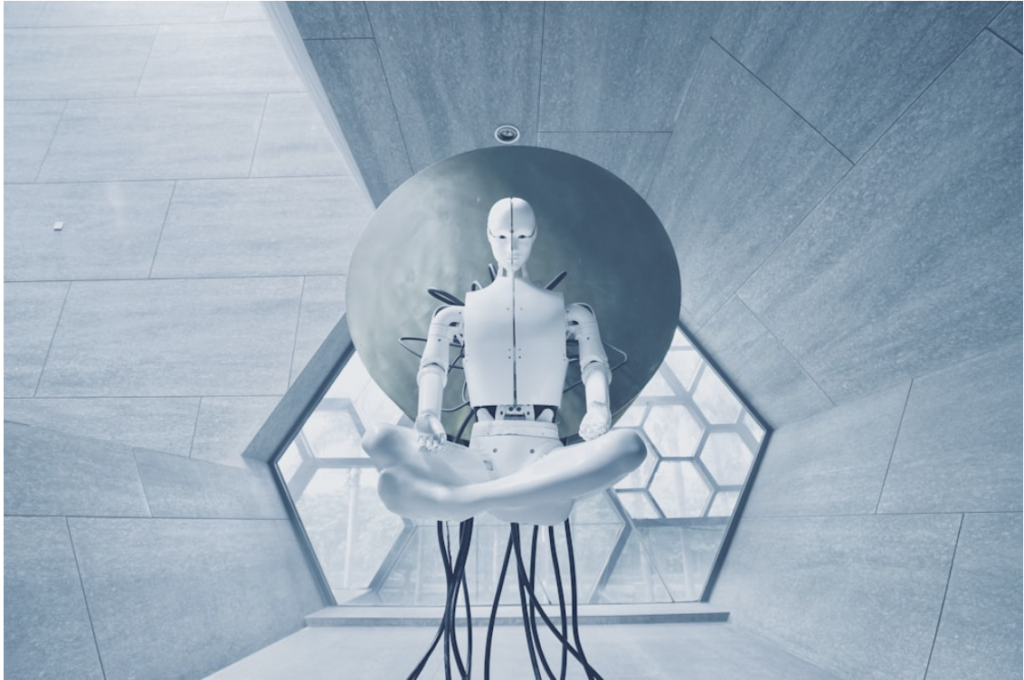The fashion industry has always been at the forefront of innovation and evolution, constantly adapting to societal changes and technological advancements. With the rapid rise of artificial intelligence (AI) in various sectors, the question arises: Will fashion models, the epitome of human beauty and expression, be replaced by AI? This debate sparks intriguing discussions about the intersection of technology and creativity, raising concerns about job displacement, societal values, and the future of the fashion industry.
The role of fashion models
Fashion models play a pivotal role in the industry, showcasing the latest designs and trends while embodying the aesthetic vision of designers and brands. Models contribute to the storytelling aspect of fashion, bringing life to garments through their movements, expressions, and unique personalities. However, the industry is not immune to the transformative power of AI, and recent developments suggest that technology might soon play a more significant role in shaping the face of fashion.
AI in fashion photography and virtual runways
One area where AI is making significant strides is in fashion photography and virtual runways. AI-powered models, known as virtual influencers or digital avatars, are being created with stunning realism. These digital entities can be dressed in the latest collections, eliminating the need for human models in promotional campaigns and runway shows. Brands such as Balmain and Burberry have already experimented with virtual models, blurring the lines between the physical and virtual realms of fashion.
The advantages of ai models
The adoption of AI models in the fashion industry comes with several advantages. AI models can be customized to fit the exact specifications and ideals of designers, offering unparalleled flexibility and control. Virtual models are not constrained by physical limitations, allowing for the exploration of unconventional and avant-garde concepts that may be challenging for human models to execute. Additionally, AI models can be easily replicated and scaled, providing a cost-effective solution for brands looking to reach a global audience.
For instance, imagine a virtual model effortlessly wearing the latest sunglasses collection, dynamically showcasing various styles and designs. The realistic rendering capabilities of AI allow for a detailed and captivating presentation of accessories like sunglasses, enhancing the visual appeal of promotional campaigns and runway shows.
AI’s potential to address diversity and inclusivity
One of the criticisms often directed at the fashion industry is its lack of diversity and inclusivity. AI models could potentially address these concerns by offering a platform for more representation. Designers and brands can create virtual models that represent a diverse range of ethnicities, body types, and gender identities, challenging traditional beauty standards and fostering a more inclusive environment within the industry.
Challenges and ethical considerations
While the integration of AI models into the fashion industry presents exciting possibilities, it also raises significant challenges and ethical considerations. The first and foremost concern is the potential displacement of human models and industry professionals. As AI takes on more tasks traditionally performed by humans, there is a risk of job loss and economic implications for those working in the fashion modeling and related sectors.
Moreover, the uncanny realism of AI models can lead to ethical dilemmas surrounding the manipulation of beauty standards and the potential for misleading consumers. Virtual influencers are not subject to the same vulnerabilities, emotions, or rights as human models, which may lead to exploitation concerns if not managed ethically.
The importance of human touch
Despite the advancements in AI, the fashion industry thrives on the human touch, emotional connection, and the ability of models to convey a story or message. Human models bring authenticity, personality, and a unique energy to fashion presentations that may be challenging for AI to replicate. The charisma, spontaneity, and individuality of human models contribute to the emotional resonance that makes fashion memorable and relatable.
The question of whether fashion models will be replaced by AI is complex and multifaceted. While AI models offer exciting possibilities in terms of customization, cost-effectiveness, and inclusivity, the human element in the fashion industry remains irreplaceable. The future may see a harmonious integration of AI and human models, each contributing their unique strengths to create a dynamic and innovative landscape. As the industry navigates this transformative period, striking a balance between technological advancements and the preservation of human creativity and expression will be crucial in shaping the future of fashion.


